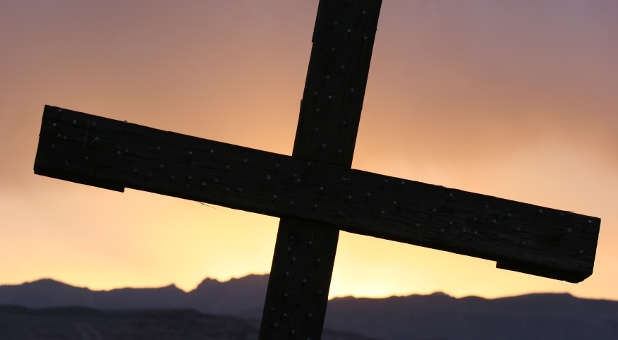Report: Christians in America Losing Ground to This Religion
The Christian share of the U.S. population is declining, while the number of U.S. adults who do not identify with any organized religion is growing, according to an extensive new survey by the Pew Research Center.
Moreover, these changes are taking place across the religious landscape, affecting all regions of the country and many demographic groups. While the drop in Christian affiliation is particularly pronounced among young adults, it is occurring among Americans of all ages. The same trends are seen among whites, blacks and Latinos; among both college graduates and adults with only a high school education; and among women as well as men.
The United States remains home to more Christians than any other country, and a large majority of Americans—roughly seven-in-10—continue to identify with some branch of the Christian faith. But the major new survey of more than 35,000 Americans finds that the percentage of adults who describe themselves as Christians has dropped by nearly eight percentage points in just seven years, from 78.4% in an equally massive Pew Research survey in 2007 to 70.6% in 2014.
Over the same period, the percentage of Americans who are religiously unaffiliated—describing themselves as atheist, agnostic or “nothing in particular”—has jumped more than six points, from 16.1% to 22.8%. And the share of Americans who identify with non-Christian faiths also has inched up, rising 1.2 percentage points, from 4.7% in 2007 to 5.9% in 2014. Growth has been especially great among Muslims and Hindus, albeit from a very low base.
The drop in the Christian share of the population has been driven mainly by declines among mainline Protestants and Catholics. Each of those groups has shrunk by approximately three percentage points since 2007. The evangelical Protestant share of the U.S. population also has dipped, but at a slower rate, falling by about one percentage point since 2007.
These are among the key findings of the Pew Research Center’s second U.S. Religious Landscape Study, a follow-up to its first comprehensive study of religion in America, conducted in 2007.
Because the U.S. census does not ask Americans about their religion, there are no official government statistics on the religious composition of the U.S. public. Some Christian denominations and other religious bodies keep their own rolls, but they use widely differing criteria for membership, and sometimes do not remove members who have fallen away.















































